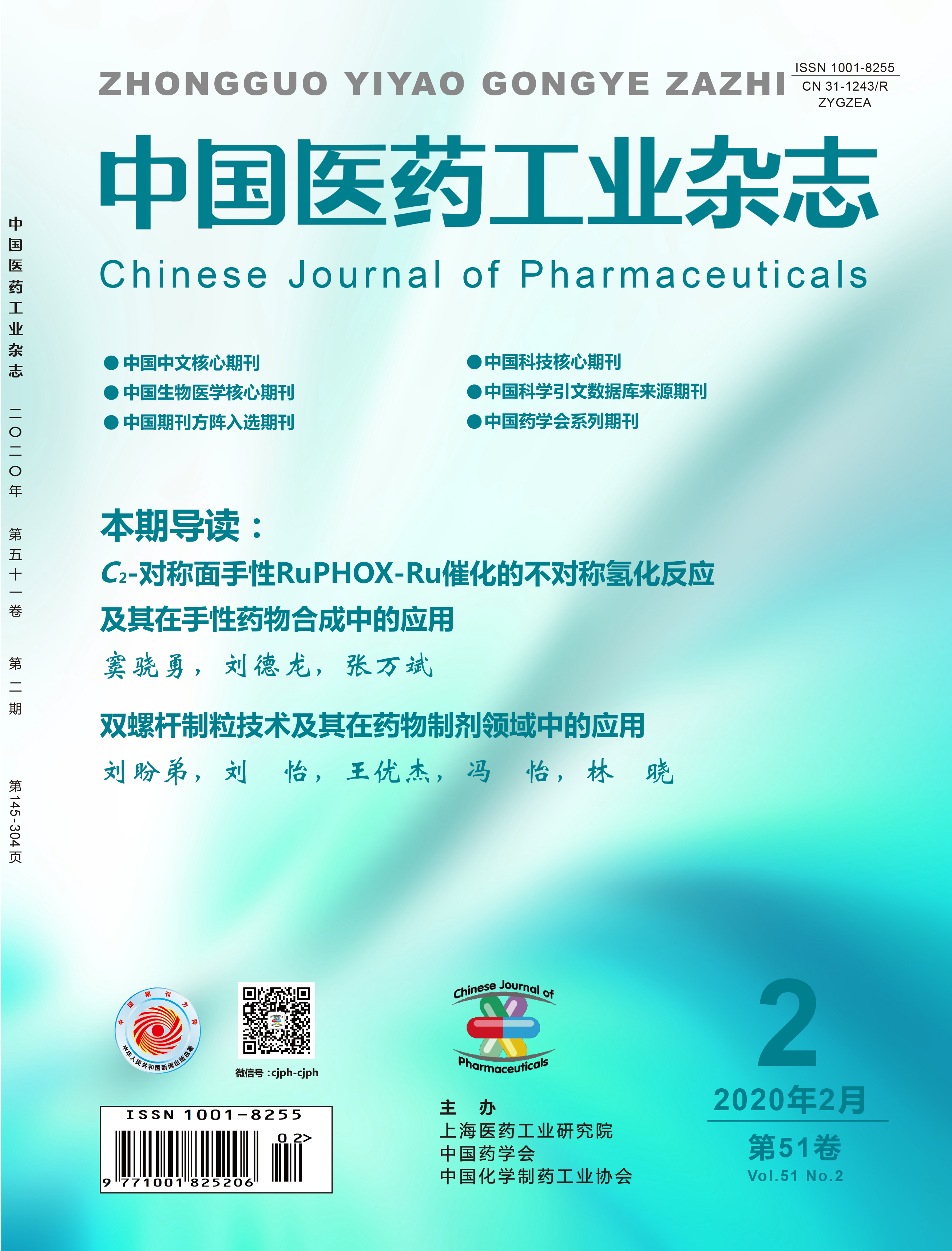Perspectives & Review
DOU Xiaoyong, LIU Delong, ZHANG Wanbin
Comparing to the various chiral ligands bearing both central and axial chirality, planar chiral ligands, mainly referring to those with ferrocene backbone, have not received much attention. As the analogs of ferrocenyl ligands, chiral ruthenocenes have received much less attention. The distance between the two cyclopentadienyl rings in ferrocene and ruthenocene is 0.332 and 0.368 nm, respectively. The approximate 10% longer distance between the two rings in ruthenocene is expected to present different electronic and steric effects compared with those exhibited by ferrocene ligands. A ruthenocenyl phosphino-oxazoline ligand, RuPHOX, which has been developed by our research group, shows good chemical stability and excellent catalytic behaviors in several types of asymmetric catalysis, in particular Rucatalyzed asymmetric hydrogenation. After complexation with metal, it has bimetallic reaction center, which greatly improved the reaction activity and formed a larger steric hinerance. Subsequently, the ruthenocene-based rutheniumcomplex, RuPHOX-Ru, has been synthesized and used directly in the asymmetric hydrogenation of many types of substrates bearing either C=O or C=C bonds. This review provides a brief summary on the planar chiral RuPHOX-Ru catalyzed asymmetric hydrogenation reactions of various substrates bearing C=O or C=C bonds as well as those bearing both C=O and C=C bonds, and their applications in chiral drug synthesis.
